
Key Takeaways
-
Stem Cell Therapy in Thailand offers UAE patients a unique opportunity to access cutting-edge stroke rehabilitation protocols at a significant cost reduction—often saving 50% to 70% compared to equivalent Western programs.
-
Thailand is globally recognized for its JCI-accredited hospitals and experienced specialists who employ Mesenchymal Stem Cells (MSCs), derived primarily from umbilical cord tissue, for their potent neuroprotective and regenerative capabilities.
-
The procedure is typically safe, minimally invasive, and is often combined with intensive physical and occupational therapy for enhanced functional recovery.
Cost Overview (Average Range per Treatment Session, USD):
-
Thailand (Neurological Disorder Focus): $7,100–$18,200
-
Mexico (Regenerative Centers): $10,000–$20,000+
-
Turkey (Advanced Protocols): $8,000–$15,000
-
South Korea (Regulated Programs): $10,000–$30,000+
Understanding Stem Cell Therapy for Stroke Recovery
Stem cell therapy is an advanced regenerative treatment that uses specialized cells, primarily Mesenchymal Stem Cells (MSCs), to repair brain tissue damaged by stroke, offering hope for improved neurological function years after the event.
Stroke remains a leading cause of long-term disability worldwide, affecting mobility, speech, and cognitive function. While conventional rehabilitation (physiotherapy, occupational, and speech therapy) is crucial, its efficacy can plateau. Regenerative medicine, specifically stem cell therapy, is emerging as a powerful adjunct treatment for chronic stroke recovery, aiming to restart the healing process long after the acute phase has passed.
The primary goal of this therapy is not simple cell replacement, but rather activating the brain’s intrinsic repair mechanisms. Transplanted cells secrete a variety of trophic factors (growth factors and cytokines) that initiate several restorative processes. This makes stem cell therapy a vital consideration for UAE patients seeking the most advanced options available globally.
Did You Know?
Clinical trials have shown that the benefits of stem cell therapy for stroke often come from the paracrine effect—where the administered cells signal the existing damaged cells to heal and survive—rather than the stem cells simply becoming new neurons.
How Stem Cells Promote Neurogenesis and Repair
The treatment works by reducing inflammation, promoting the formation of new blood vessels (angiogenesis), and stimulating the birth of new neurons (neurogenesis) and connections in the damaged areas of the brain.
The process of stroke recovery is complex, and the initial damage often triggers a cascade of inflammation that hinders long-term repair. Mesenchymal Stem Cells (MSCs) are the most commonly used cells in Thai clinics for neuroregeneration due to their unique properties:
-
Immunomodulatory Effect: MSCs can suppress the harmful inflammatory response in the brain, creating a more favorable microenvironment for healing.
-
Angiogenesis: They promote the formation of new blood vessels, restoring blood flow and oxygen to the ischemic penumbra (the area surrounding the stroke site).
-
Neuroprotection: They release powerful neurotrophic factors that protect existing neurons from further damage and stimulate local stem cells (endogenous neural stem cells) to differentiate into new neural cells.
-
Synaptic Plasticity: MSCs help reorganize the existing neural network, strengthening functional connectivity in the brain, which directly correlates with improved motor and cognitive skills.
The type of stroke (ischemic or hemorrhagic) does not significantly restrict the use of stem cell therapy, though the timing of the intervention is often critical for maximizing results.
Who is an Ideal Candidate for Stroke Stem Cell Therapy?
The ideal candidates are stroke survivors who have stabilized from the acute phase, typically ranging from a few months to several years post-stroke, and are committed to participating in an integrated rehabilitation program.
Candidacy for this advanced neurological treatment is determined through a rigorous screening process by Thai specialists. While every patient’s condition is unique, the most suitable candidates generally meet the following criteria:
Candidacy Requirements:
-
Stroke Chronicity: Patients should be outside the acute phase, often 3 months or more post-stroke. This timeframe allows the patient to be medically stable and better able to handle travel and treatment.
-
Medical Stability: Candidates must be in good general health, free of active infections, and have underlying conditions (like severe uncontrolled hypertension or diabetes) managed appropriately.
-
Realistic Expectations: It is crucial that patients and their families understand that while significant functional improvement is possible, stem cell therapy is not a guaranteed cure. It is an enhancement to traditional rehabilitation.
-
Commitment to Rehabilitation: The success of the treatment is often amplified by combining it with intensive physical therapy, occupational therapy, and speech therapy in the weeks and months following the infusion.
If you are a stroke survivor in the UAE looking for a regenerative boost to your recovery, a consultation with a PlacidWay-affiliated Thai clinic can assess your specific neurological deficits and determine suitability.
The Treatment Protocol and Delivery Methods
Stem cell therapy protocols typically involve non-surgical administration of cells, usually via intravenous (IV) infusion or lumbar puncture (intrathecal injection), over a period of 5 to 10 days.
Thai clinics follow strict international guidelines for cell processing and administration, ensuring safety and quality. The process begins with a thorough diagnostic phase, including detailed MRI scans and comprehensive blood work.
Stem Cell Sources:
-
Allogeneic (Donor-Derived) MSCs: This is the most common approach in Thailand for stroke. Cells are usually derived from umbilical cord tissue (UC-MSCs), which are ethically sourced, easily expanded in GMP-certified labs, and are considered "immune privileged," minimizing rejection risk.
-
Autologous (Patient’s Own) MSCs: Less common for stroke due to the preparation time, but used in some cases, typically sourced from the patient's own bone marrow or adipose (fat) tissue.
Administration Routes:
|
Route |
Description |
Rationale for Stroke |
|
Intravenous (IV) Infusion |
Cells are injected directly into a vein, like a blood transfusion. |
Simplest, safest, and allows cells to circulate and target inflammatory sites throughout the body and brain. |
|
Intrathecal Injection (IT) |
Cells are delivered into the spinal fluid via a lumbar puncture. |
Bypasses the blood-brain barrier (BBB), delivering a higher concentration of cells directly to the Central Nervous System (CNS). |
The entire treatment protocol in Thailand usually lasts between one and two weeks, incorporating the cellular delivery, supporting intravenous therapies (like vitamins or NAD+), and daily rehabilitation sessions.
Recovery and Expected Outcomes After Stem Cell Therapy
Recovery is typically immediate with minimal downtime, but functional improvements often appear gradually over three to six months as the cells take effect and are supported by ongoing intensive rehabilitation.
Following the procedure, patients often report mild, temporary fatigue, which resolves quickly. There is minimal need for hospital stay after the infusion is complete. The true recovery phase begins when the patient returns home to the UAE or continues rehabilitation in Thailand.
Potential Functional Improvements:
-
Motor Function: Enhanced strength, improved gait, and better fine motor control in the affected limbs.
-
Speech and Swallowing: Improvement in language skills (aphasia) and a reduction in difficulty swallowing (dysphagia).
-
Cognitive Function: Sharper memory, improved focus, and better executive function.
-
Spasticity and Pain: Reduction in muscle stiffness and neuropathic pain, leading to increased comfort and mobility.
Expert Insight:
"The critical window for measurable functional gains starts around 90 days post-infusion. This is when the paracrine effects have maximally reduced inflammation and stimulated neuroplasticity. We always stress the importance of patient commitment to daily, rigorous physical therapy during this initial three-to-six-month period."
Cost of Stem Cell Therapy Packages in Thailand
Thailand offers highly competitive pricing for comprehensive stroke rehabilitation packages, making this advanced treatment accessible to patients from the Gulf Cooperation Council (GCC) who face high costs or long wait times elsewhere.
The cost of stem cell therapy is highly variable based on the required cell dosage (cell count), the source of the cells, the number of sessions, and the inclusion of adjunct therapies (e.g., hyperbaric oxygen, NAD+).
Stem Cell Therapy Cost Comparison Table (USD)
This table focuses on neurological/regenerative medicine protocols. Costs are estimated averages for a single comprehensive treatment cycle in a top-tier clinic or hospital.
| Destination | Estimated Cost Range (USD) | Key Inclusions & Notes |
| Thailand (Bangkok/Chiang Mai) | $7,100 – $14,300 | Includes consultation, high-dosage UC-MSCs (10-20M+ cells), IV or IT delivery, and often a 3-5 day post-infusion recovery stay. Highly regulated by Thai FDA. |
| Mexico (Tijuana/Cancun) | $10,000 – $22,000 | Known for large cell counts (high dosage) and speed of access. Costs vary widely depending on clinic reputation. |
| Turkey (Istanbul/Ankara) | $8,500 – $16,000 | Strong for integrated physical therapy programs. Packages often include all logistics (flights, hotel, translation). |
| United States (Clinical Trials Only) | $15,000 – $30,000+ | Primarily limited to non-insured clinical trials or select, limited FDA-approved therapies, making access difficult and costly. |
Financial Fact: Patients traveling from the UAE typically realize cost savings of 40% to 70% on the entire treatment package (including procedures, accommodation, and rehabilitation) by choosing Thailand over the U.S. or Europe.
Safety, Regulation, and Trust in Thai Healthcare
Thai clinics prioritize patient safety, operating under the stringent oversight of the Thai Ministry of Public Health (MOPH) and frequently holding international accreditations, ensuring the highest standards of care.
Thailand has deliberately established itself as a global medical tourism hub by enforcing high regulatory standards, particularly in regenerative medicine. When considering travel for stem cell therapy, it is vital to select clinics that demonstrate transparency and adherence to international protocols.
Markers of Quality in Thailand:
-
International Accreditation: Look for hospitals with Joint Commission International (JCI) accreditation, which signifies adherence to global benchmarks in patient safety and quality of care. Many top Bangkok hospitals, such as Bumrungrad and Bangkok Hospital, hold this designation.
-
GMP-Certified Labs: Reputable Thai clinics process and expand their stem cells in in-house or affiliated Good Manufacturing Practice (GMP)-certified laboratories. This ensures the cells are sterile, viable, and correctly dosed.
-
Specialist Credentials: The treatment should be overseen by a multidisciplinary team, including board-certified neurologists, neurosurgeons, and specialists in regenerative medicine, often trained in Western institutions.
Why Thailand is the Premier Choice for UAE Medical Tourists
Beyond the cost savings, Thailand offers a world-class combination of advanced medical technology, compassionate care, zero language barrier (due to specialized international patient services), and a conducive environment for recovery.
For patients in the GCC region and the UAE, Thailand offers several distinct advantages that enhance the medical tourism experience:
-
Cultural Sensitivity: Thai hospitals are accustomed to catering to international patients, including those from the Middle East, often providing Arabic-speaking coordinators, halal food options, and dedicated prayer facilities.
-
Rehabilitation Integration: Unlike many centers that offer only the stem cell injection, top Thai protocols seamlessly integrate the therapy with intensive inpatient and outpatient rehabilitation programs, recognizing that the combination is essential for maximizing functional recovery.
-
Logistical Ease: Thailand's major medical centers are situated in easily accessible locations like Bangkok and Phuket, offering luxurious accommodations and specialized services that cater to the needs of recovering patients and their accompanying families.
-
The Healing Environment: The tranquil and supportive environment of Thailand, known as the "Land of Smiles," aids mental well-being and reduces the stress associated with complex medical journeys.
Addressing Next Logical Questions (FAQ)
Is stem cell therapy for stroke FDA approved?
Stem cell therapy for stroke is generally considered an investigational or advanced treatment, and it is not yet fully approved by the U.S. FDA for widespread use outside of clinical trials. However, in regulated medical tourism destinations like Thailand, clinics operate under the specific regulations of the Thai Ministry of Public Health (MOPH), allowing access to these innovative therapies.
How long after a stroke can I still benefit from stem cell therapy?
Stem cell therapy offers a far wider therapeutic window than traditional acute stroke interventions. Patients who are in the chronic phase (several months to several years post-stroke) can still see significant functional improvements, as the therapy targets neuroinflammation and promotes repair mechanisms that remain active long after the stroke event.
Are the stem cells used in Thailand ethically sourced?
Yes. Reputable, PlacidWay-affiliated Thai clinics primarily use allogeneic Mesenchymal Stem Cells (MSCs) derived from ethically sourced umbilical cord tissue (UC-MSCs) donated by consenting mothers after full-term, healthy births. These cells are screened rigorously for safety and prepared in GMP-certified laboratories.
What are the potential side effects of the treatment?
Stem cell therapy using autologous or carefully screened allogeneic MSCs is generally considered safe with a low risk profile. Common side effects are mild and temporary, usually including headache, slight fever, and fatigue on the day of injection, or temporary pain at the injection site (for intrathecal delivery).
Will my UAE or international insurance cover the cost in Thailand?
In most cases, international insurance or private plans, including those in the UAE, consider stem cell therapy for stroke rehabilitation to be experimental or elective and do not cover the procedure cost. Patients should plan for out-of-pocket expenses. PlacidWay helps provide transparent, upfront pricing to minimize financial surprises.
Do I need to stay in Thailand after the treatment is finished?
While the cellular infusion takes only a few days, most clinics recommend a stay of 10 to 14 days to integrate the stem cell therapy with an initial, intensive course of physical and occupational rehabilitation. This kick-starts the recovery process, which should continue upon returning to the UAE.
Start Your Regenerative Journey with PlacidWay
Choosing stem cell therapy for stroke recovery is a major decision that requires transparency, trust, and personalized guidance. Don't navigate the complex landscape of international regenerative medicine alone.
PlacidWay’s Unique Value Proposition: We specialize in connecting sophisticated patients, particularly from the UAE, with highly vetted, internationally accredited clinics in Thailand. Our platform provides:
-
Verified Data-Driven Trust (EEAT): Access to transparent pricing, accredited facility details, and verified patient testimonials.
-
Personalized Programs: Customized advisory services matching your medical needs and budget directly to the best specialist in Bangkok or Chiang Mai.
-
Seamless Logistics: Support with travel, accommodation, and interpretation, ensuring your focus remains entirely on your recovery.
Click Here to Request a Personalized Quote Comparison and Free Consultation.


.png)
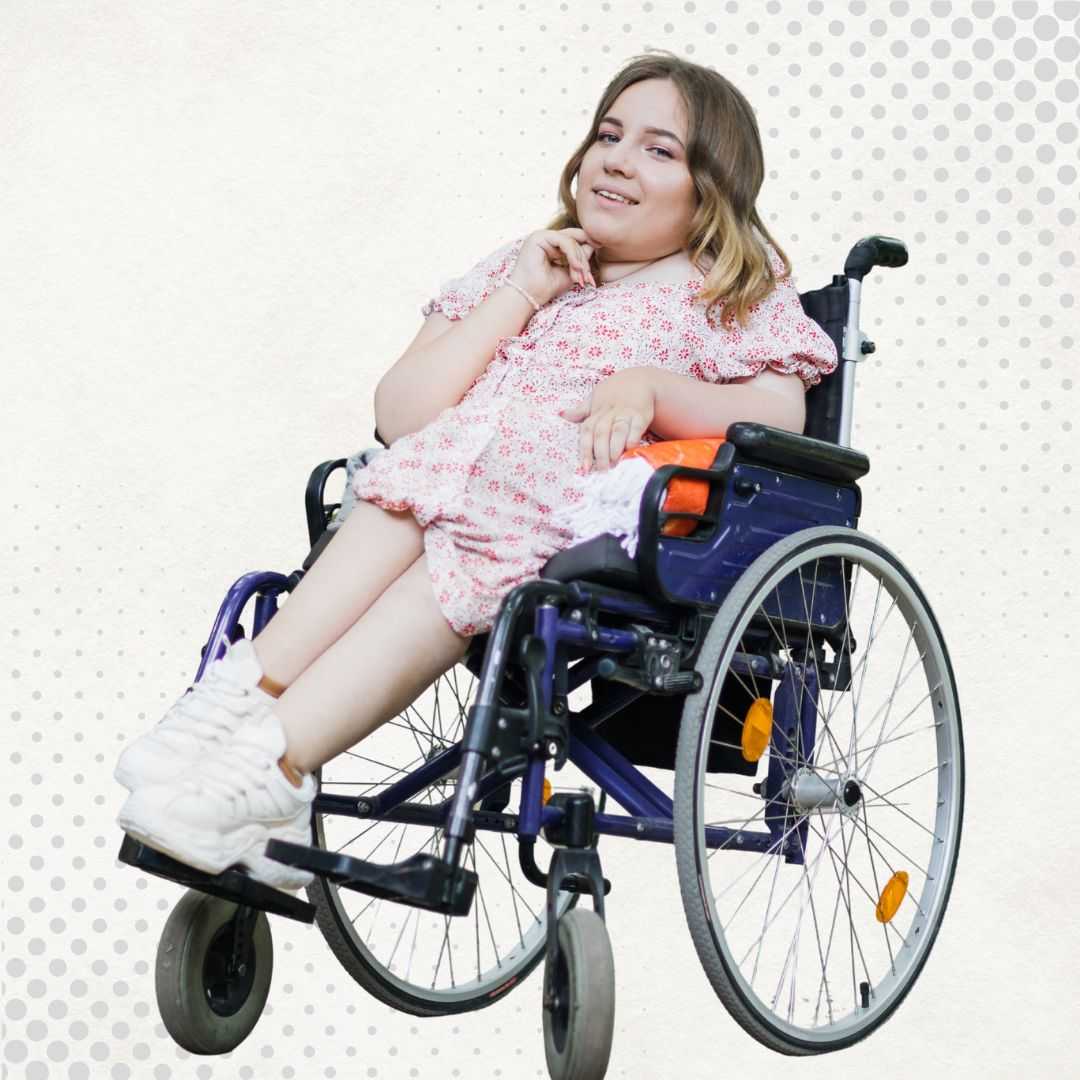
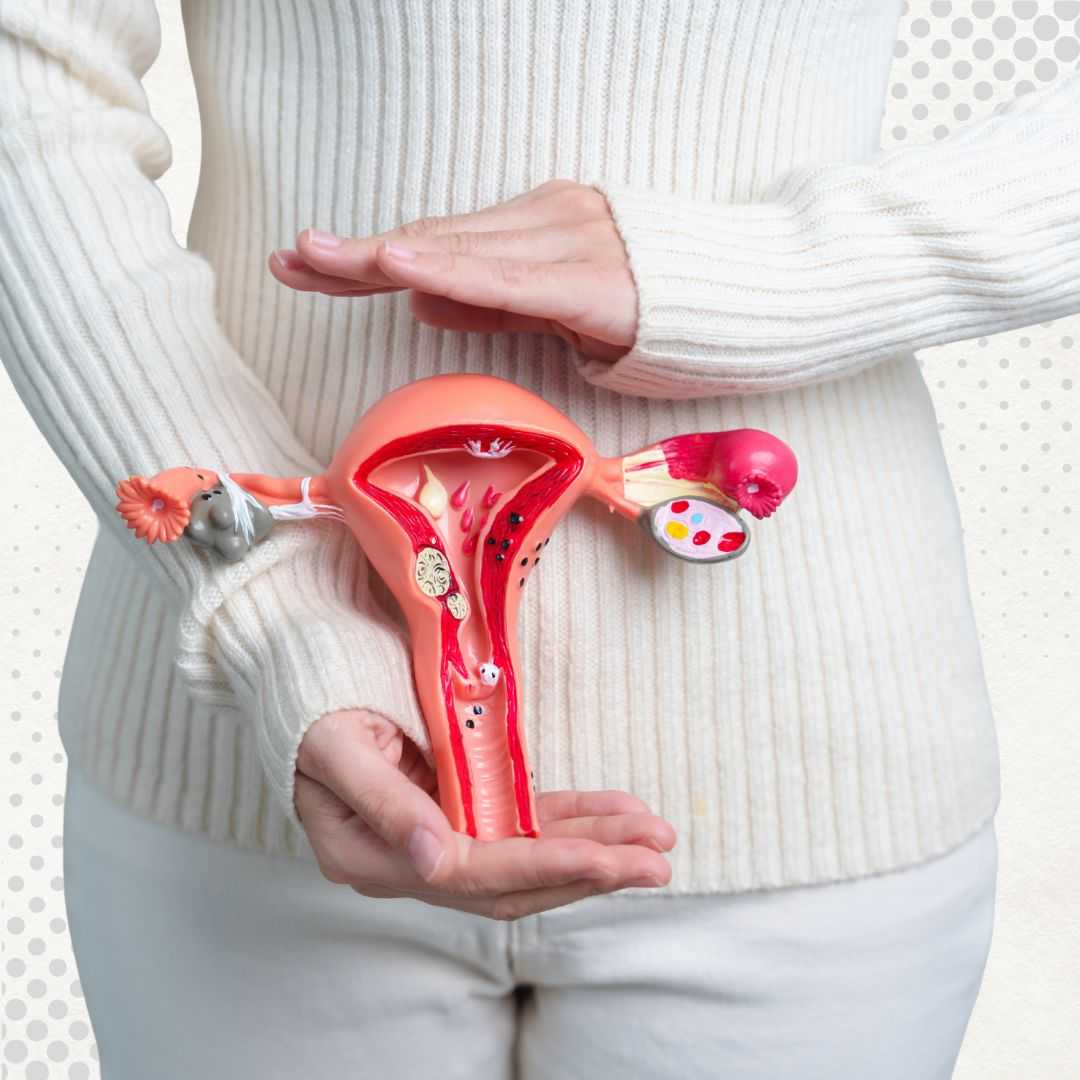

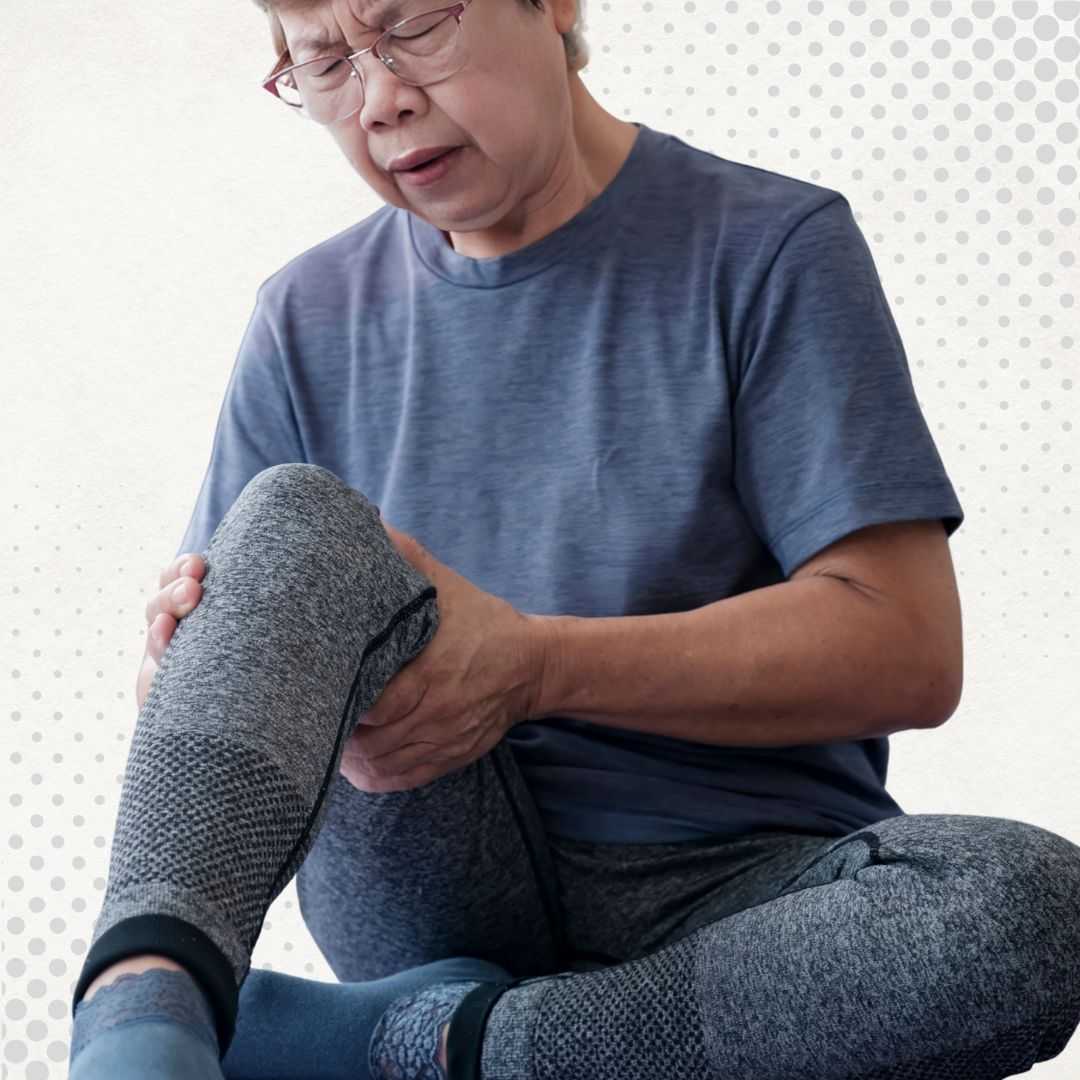


.png)
.png)
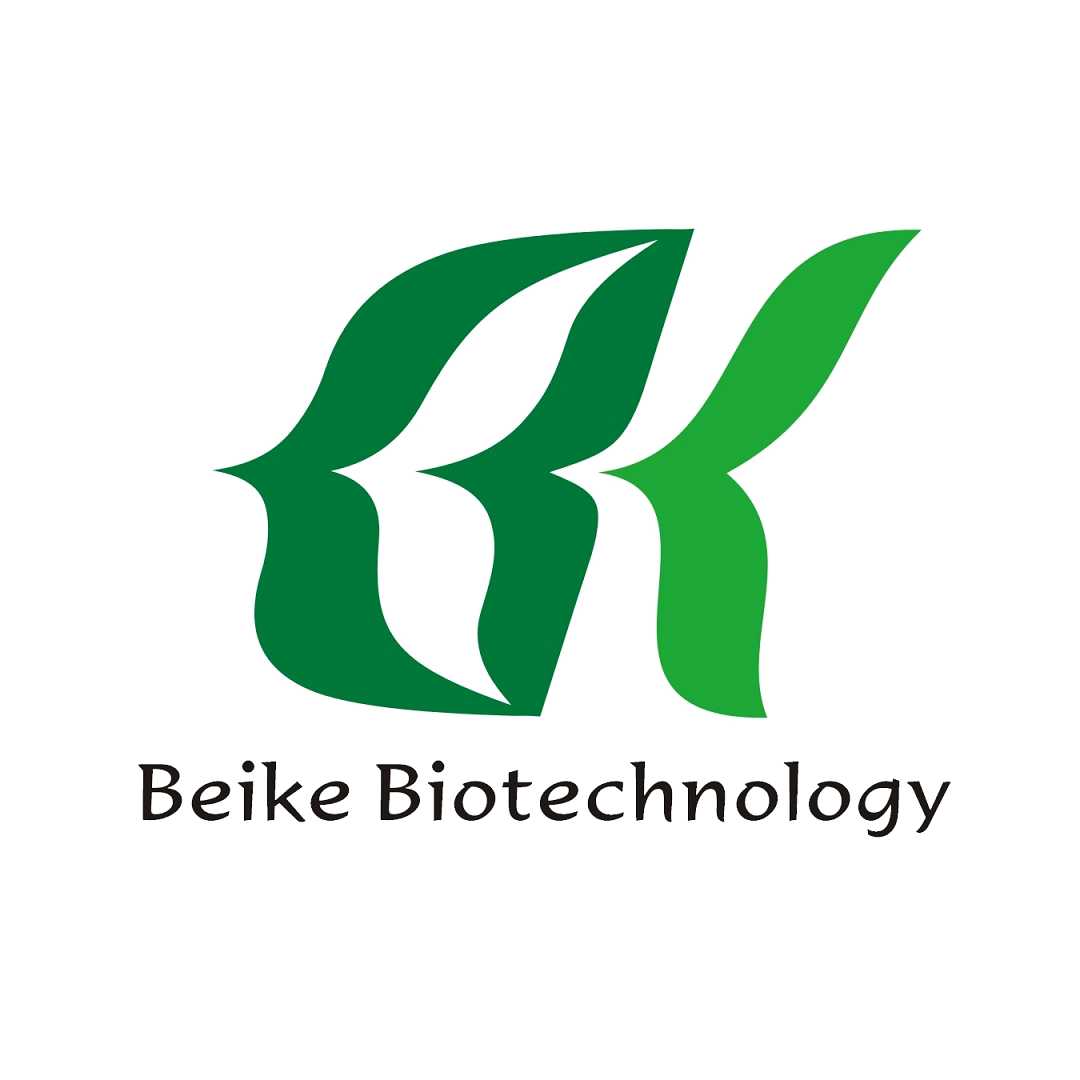
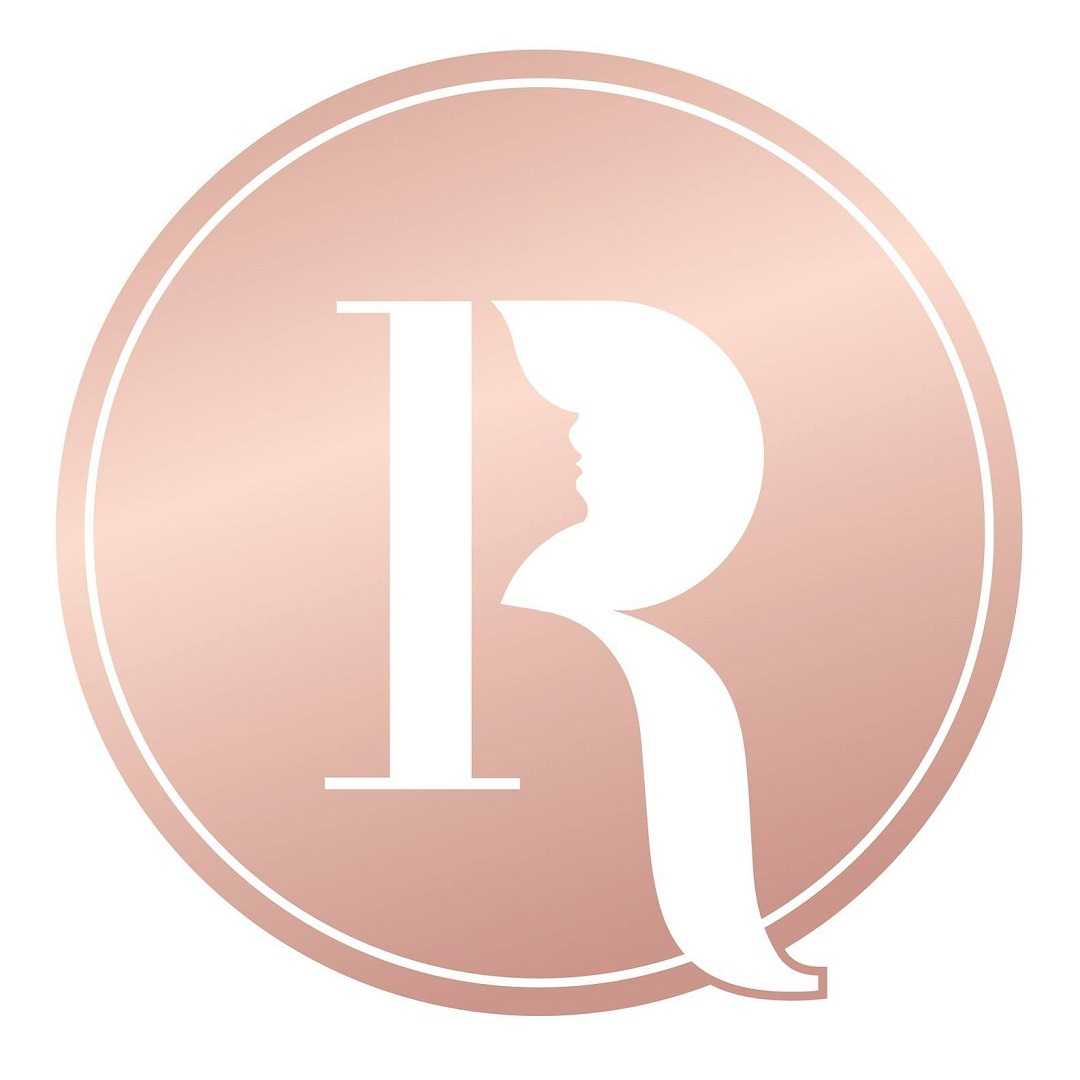
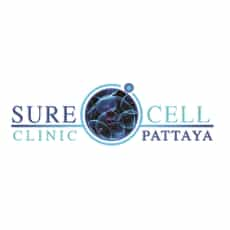
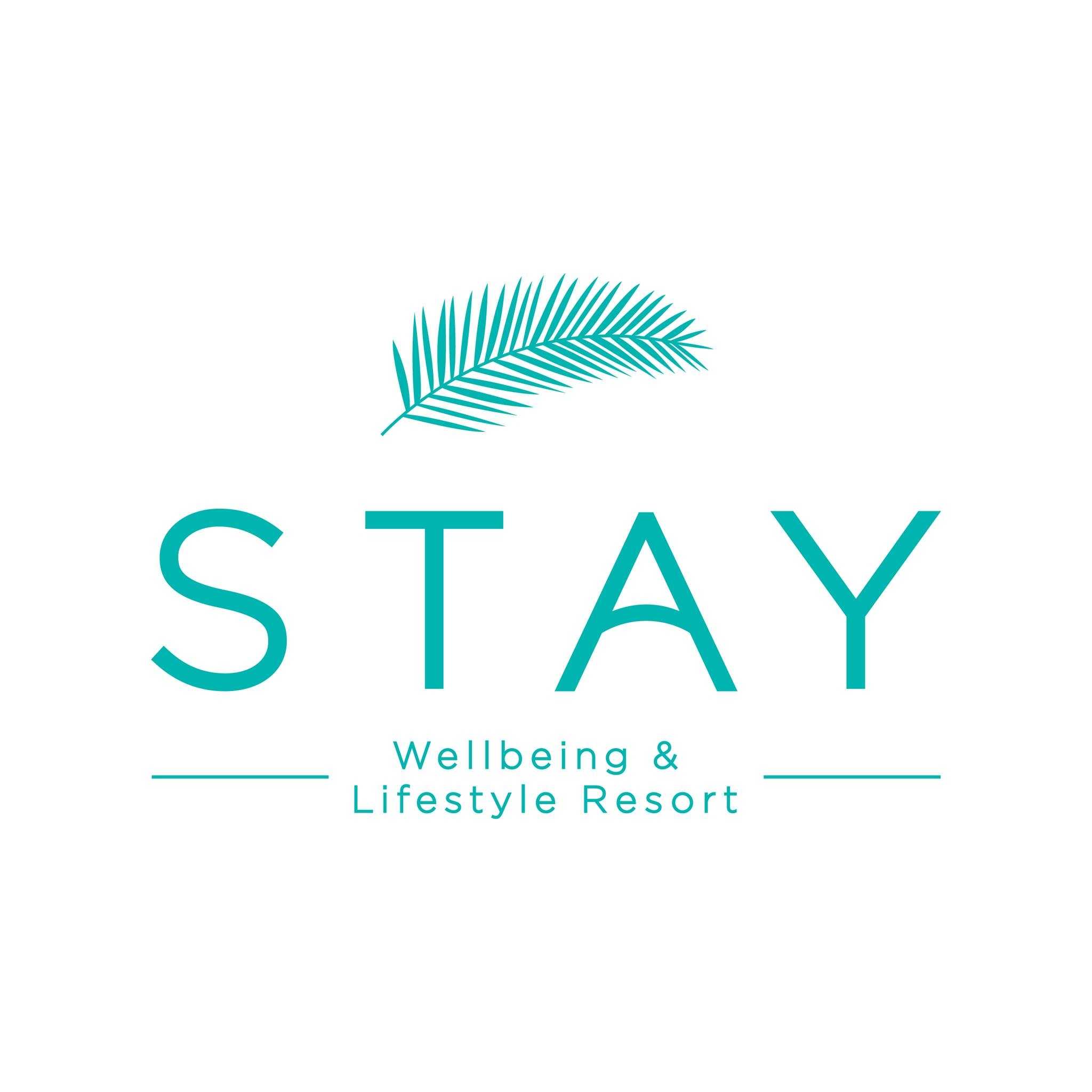


Share this listing